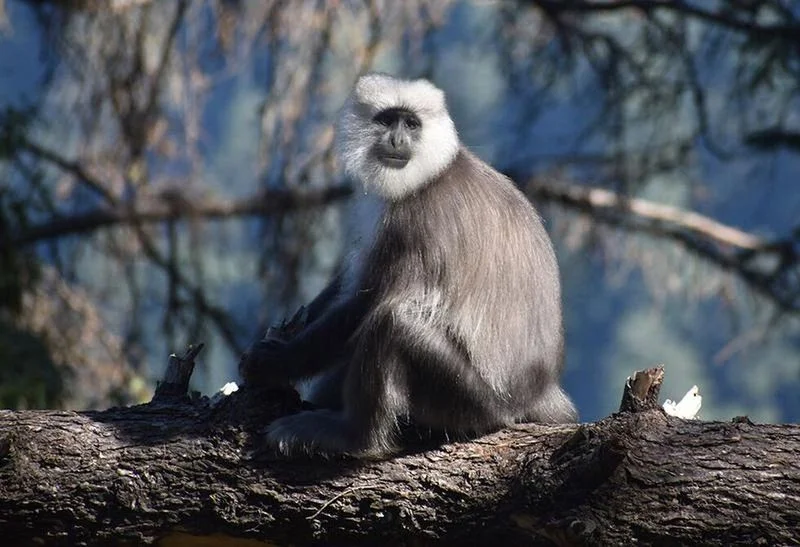
The Himalayan Grey Langur: A Call to Save Chamba’s Sacred Species
In a world where biodiversity is being challenged, the plight of the Himalayan grey langur, or Chamba's sacred langur, serves as a poignant reminder of the urgent need for wildlife conservation. Classified as critically endangered by the International Union for Conservation of Nature (IUCN), this remarkable species is facing a real threat to its existence, with its population dwindling to a mere 250 individuals in the Chamba valley.
The reasons behind this alarming decline are multifaceted. Habitat loss due to deforestation and increasing human-wildlife conflict have emerged as primary threats. As human encroachments expand, these langurs, once the lords of the lush, moist deciduous forests, find their territories shrinking. They are primarily folivores, relying on leaves, buds, and fruits, but as their food sources diminish, their survival hangs in the balance.
In response to the crisis, the Forest Department has initiated a comprehensive awareness campaign aimed at educating local communities about the importance of this unique species, not just as a part of Chamba's natural heritage but also as crucial elements in the ecological web of the region. District Forest Officer (Wildlife) Kuldeep Singh Jamwal emphasized, "The langurs are integral not only to our local biodiversity but also to the ecological balance that sustains life here." This statement reflects the collective responsibility borne by humans to protect those vulnerable corners of our environment.
The Himalayan Langur Project epitomizes ongoing conservation efforts, focusing on population monitoring and the promotion of long-term strategies necessary for preservation. Supported by NGOs like Zoo Outreach, these initiatives aim to safeguard habitat conservation, ensuring that these langurs can thrive rather than merely survive.
A striking characteristic of the Chamba langur is its distinctive grey coat and long tail, which help differentiate it from other langur species. Found exclusively in high-altitude areas of the Chamba district, its rarity and beauty capture the imagination. Experts speculate that habitats across the regions of Pakistan and Kashmir may also house these langurs; however, definitive evidence is lacking.
The Forest Department's appeal to local residents goes beyond mere rhetoric; it highlights the collective role that communities play in conservation. By protecting the langurs, locals can not only preserve their natural heritage but also help maintain Chamba's biodiversity for generations to come. As they say, what we protect today will thrive tomorrow.
The battle to save the Himalayan grey langur is emblematic of broader issues facing many endangered species worldwide. It begs the question: are we doing enough to advocate for those whose voices cannot be heard? For future generations to appreciate the beauty of such unique creatures, we must continue advocating and actively participating in conservation efforts. So, what can we do today to aid in their survival? Share your thoughts in the comments below and join the conversation!